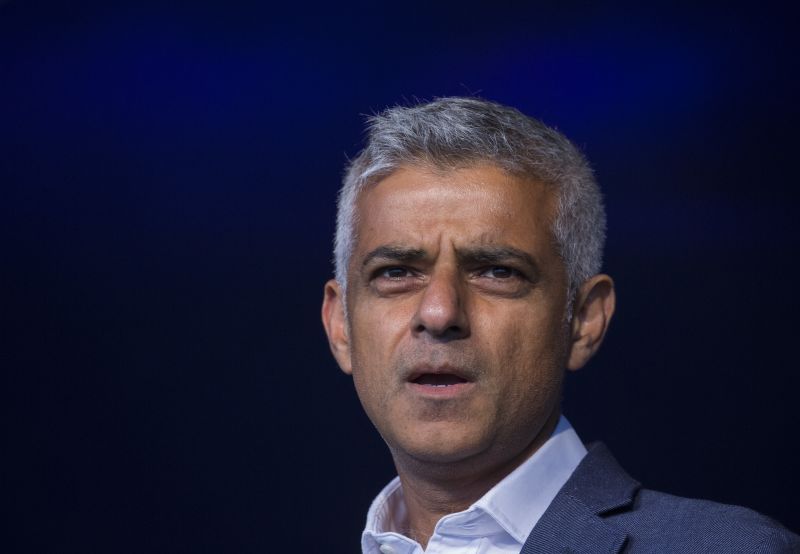 Tesla’s decision to scale down its Supercharger team might have immediate operational impacts on the expansion and maintenance of America’s Electric Vehicle (EV) charging network. Superchargers are a critical part of Tesla’s infrastructure, providing fast-charging stations designed to charge Tesla electric vehicles rapidly.
Tesla’s decision to scale down its Supercharger team might have immediate operational impacts on the expansion and maintenance of America’s Electric Vehicle (EV) charging network. Superchargers are a critical part of Tesla’s infrastructure, providing fast-charging stations designed to charge Tesla electric vehicles rapidly.
1. Slowing Network Expansion: If Tesla reduces the staff responsible for maintaining and expanding this network, it could slow down the growth of the Supercharger network across the United States. This may limit the range of Tesla vehicles, as owners depend on these charging stations for long-distance travel.
2. Maintenance Issues: A smaller team can also lead to potential maintenance issues. If the Supercharger stations aren’t regularly updated or repaired, it could lead to operational problems which can affect the users.
3. Impacts on EV Adoption: As Superchargers are critical for EV adoption, any slowdown or issues can potentially affect consumer confidence and willingness to switch to EVs, thereby slowing the overall EV adoption in America.
However, it’s also possible that Tesla might be rethinking its Supercharger strategy or incorporating more automation in its operations. For example, Elon Musk has earlier mentioned the goal to make Supercharger stations with solar and energy storage stand-alone, which might reduce the need for a larger team.
As for direct impacts, much would depend on exactly how Tesla manages this transition, which might incorporate a range of factors from relying more on 3rd party charging operators to deploying sophisticated maintenance algorithms and predictive analytics to minimize the potential impact





